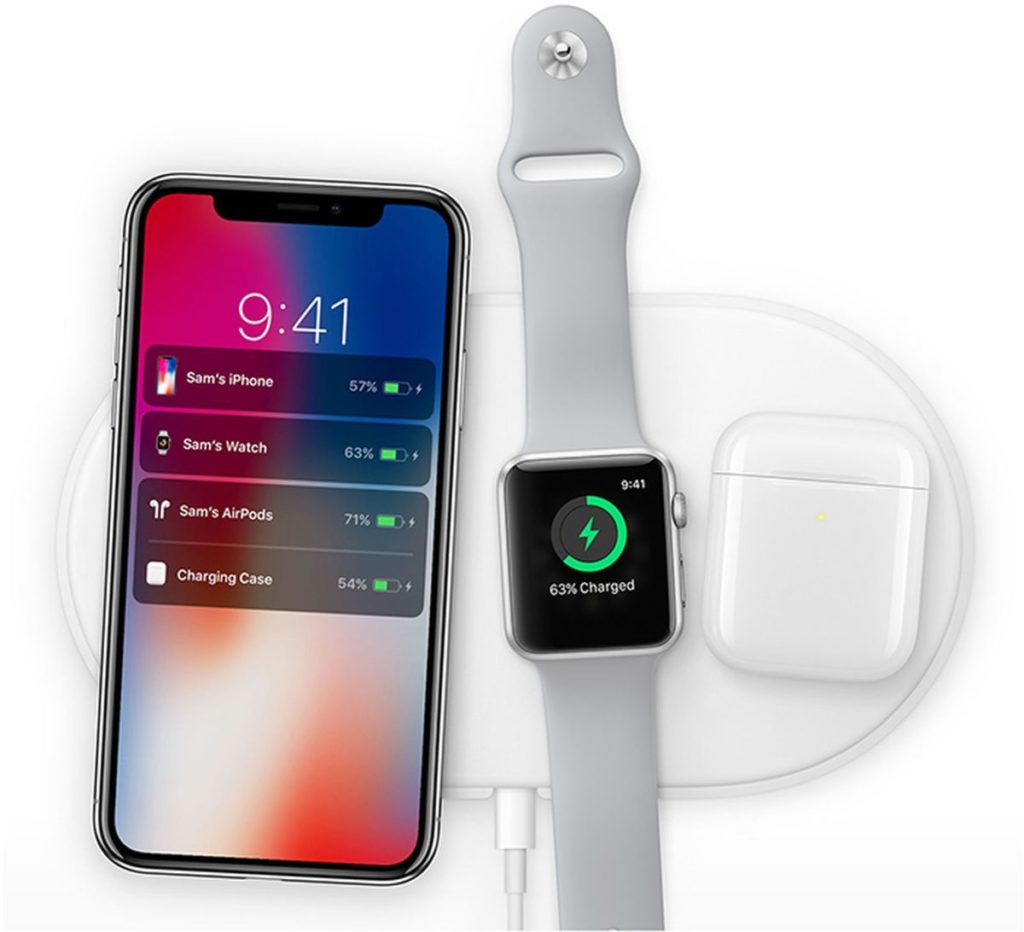Apple has been granted a patent (number 11476719) for a “wireless charging system with object detection.” It hints that the abandoned AirPower project could live again.
About the patent
The AirPower (pictured in an image released by Apple almost four years ago) was originally announced in September 2017 alongside the iPhone X. It was supposed to be able to charge a Qi-compatible iPhone, an Apple Watch, and a pair of AirPods (in a special wireless charging case) at the same time regardless of where they were placed on the pad.
However, there were constant rumors of production, engineering, and manufacturing difficulties. Seems those rumors were right, as Apple announced in March 2018 that work on the device was being canceled as, in Apple’s words, “will not achieve our high standards.”
In the patent Apple notes that in a wireless charging system, a wireless power transmitting device such as a device with a charging surface wirelessly transmits power to a portable electronic device. The portable electronic device receives the wirelessly transmitted power and uses this power to charge an internal battery or to power the device. In some situations, foreign objects may be accidentally place on a charging surface.
This can pose challenges when performing wireless power transmission operations. Apple had intended to overcome such issues with its AirPower device. Maybe it will yet.
Summary of the patent
Here’s Apple’s abstract of the patent: “A wireless power transmitting device transmits wireless power signals to a wireless power receiving device. The wireless power receiving device has a wireless power receiving coil in a resonant circuit that resonates at a wireless power receiving circuit resonant frequency. The wireless power transmitting device has coils. The coils are supplied with a drive signal in bursts to detect external objects.
“Measurement circuitry includes an oscillator for supplying the drive signals and a peak detector and analog-to-digital converter for gathering measurements on the coils to which the drive signals have been supplied. Rate-based-filtering is applied to output signals from the analog-to-digital converter to distinguish between temperature drift effects and object placement effects. The frequency of the drive signals is slightly greater than the wireless power receiving circuit resonant frequency.”
Article provided with permission from AppleWorld.Today

